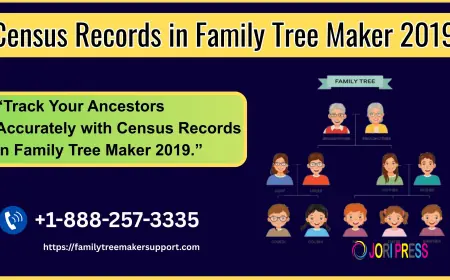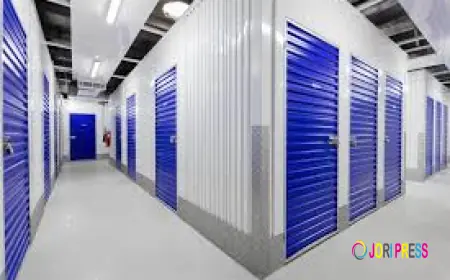Top Experiments to Conduct in a College-Level Optics Lab
Optics is a fundamental branch of physics dealing with the behavior and properties of light. A college-level optics lab offers students the chance to explore concepts like reflection, refraction, interference, diffraction, polarization, and laser optics firsthand. Well-designed experiments not only reinforce theoretical knowledge but also develop practical skills essential for careers in physics, engineering, and applied sciences.
Here’s a list of some of the top experiments every college optics lab should offer, designed to cover a wide range of fundamental and advanced optics principles.
You can also check college physics lab equipment from Indosaw as well.
1. Reflection and Refraction: Snell’s Law Verification
Objective:
To experimentally verify Snell’s Law and determine the refractive index of various transparent materials.
Procedure:
-
Shine a laser or ray of light through a prism or rectangular block.
-
Measure the angles of incidence and refraction.
-
Use Snell’s law to calculate the refractive index.
Learning Outcome:
Students understand how light bends when passing through different media and learn to apply Snell’s law practically.
2. Young’s Double-Slit Experiment
Objective:
To demonstrate the wave nature of light through interference patterns.
Procedure:
-
Pass coherent light (e.g., laser beam) through two closely spaced slits.
-
Observe the interference fringes on a screen.
-
Measure fringe width and calculate wavelength of the light source.
Learning Outcome:
Students gain insight into light as a wave and how constructive and destructive interference form patterns.
3. Diffraction Grating and Wavelength Measurement
Objective:
To determine the wavelength of light using a diffraction grating.
Procedure:
-
Shine monochromatic light onto a diffraction grating.
-
Measure the angles of diffracted beams.
-
Use the diffraction grating equation to calculate wavelength.
Learning Outcome:
Students learn about diffraction phenomena and the practical use of gratings in spectroscopy.
4. Polarization of Light
Objective:
To study polarization by reflection and transmission through polarizers.
Procedure:
-
Pass light through polarizing filters.
-
Measure transmitted light intensity as a function of the angle between polarizers (Malus’ Law).
-
Observe polarization by reflection from dielectric surfaces.
Learning Outcome:
Students understand how light waves can oscillate in particular planes and the application of polarization in optics.
5. Laser Beam Divergence and Gaussian Beam Profile
Objective:
To measure laser beam divergence and analyze the intensity profile of the beam.
Procedure:
-
Use beam profilers or photodetectors to measure beam diameter at various distances.
-
Plot intensity distribution and fit Gaussian curves.
Learning Outcome:
Students learn about laser beam properties and the concept of beam quality in optics.
6. Michelson Interferometer
Objective:
To demonstrate interference and measure small distances or refractive index changes with high precision.
Procedure:
-
Set up a Michelson interferometer with a beam splitter and two mirrors.
-
Observe interference fringes.
-
Change path length or introduce transparent samples to observe fringe shifts.
Learning Outcome:
Students gain experience with precision optical measurements and interference.
7. Fresnel and Fraunhofer Diffraction
Objective:
To observe near-field and far-field diffraction patterns from single and multiple apertures.
Procedure:
-
Shine laser light through slits or apertures.
-
Record diffraction patterns at varying distances.
-
Analyze intensity distribution.
Learning Outcome:
Students understand the difference between Fresnel and Fraunhofer diffraction and their mathematical treatment.
8. Fiber Optics: Light Transmission and Numerical Aperture
Objective:
To study light propagation through optical fibers and measure the numerical aperture.
Procedure:
-
Couple laser light into an optical fiber.
-
Measure output intensity for varying input angles.
-
Calculate numerical aperture and acceptance angle.
Learning Outcome:
Students explore modern optical communication principles and fiber optics basics.
9. Polarization by Birefringent Materials
Objective:
To investigate birefringence and measure phase difference using wave plates.
Procedure:
-
Pass polarized light through birefringent materials like mica or quartz.
-
Analyze transmitted light through an analyzer at different orientations.
-
Observe color changes and phase retardation.
Learning Outcome:
Students learn about anisotropic materials and their effects on light polarization.
10. Optical Resolution and Microscope Setup
Objective:
To determine the resolving power of optical instruments.
Procedure:
-
Use test targets with known line spacings.
-
Measure the smallest resolvable features using lenses or microscope objectives.
-
Discuss factors limiting resolution such as diffraction and aberrations.
Learning Outcome:
Students understand resolution limits and the role of optics in microscopy and imaging.
Conclusion
These experiments cover a broad spectrum of optics phenomena and techniques, providing students with both theoretical understanding and practical experience. By mastering these experiments, students build a strong foundation in optics that supports further study or careers in research, telecommunications, engineering, and medical technologies.
What's Your Reaction?
 Like
0
Like
0
 Dislike
0
Dislike
0
 Love
0
Love
0
 Funny
0
Funny
0
 Angry
0
Angry
0
 Sad
0
Sad
0
 Wow
0
Wow
0


















































